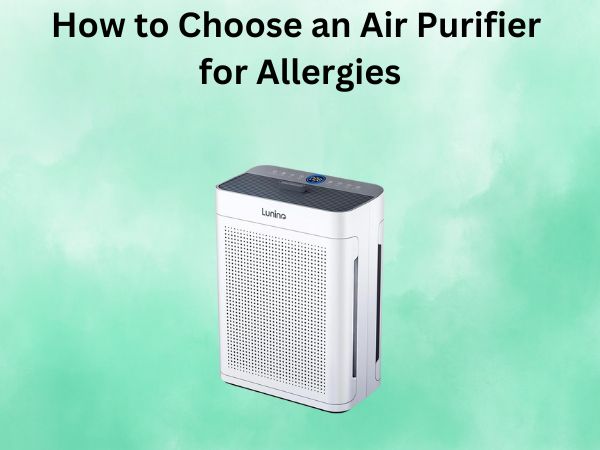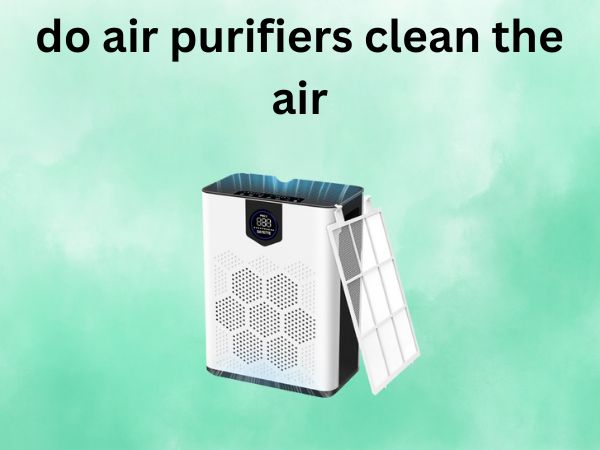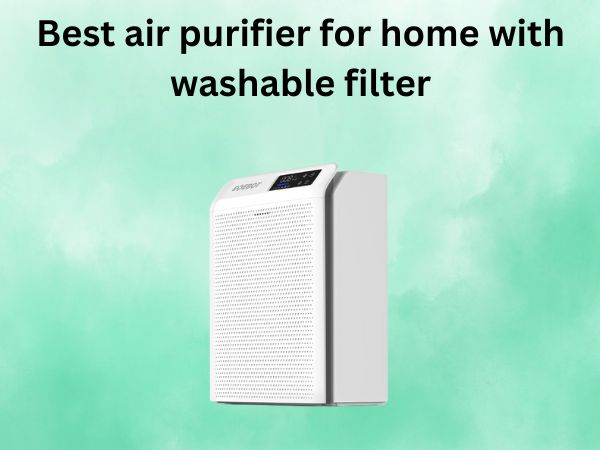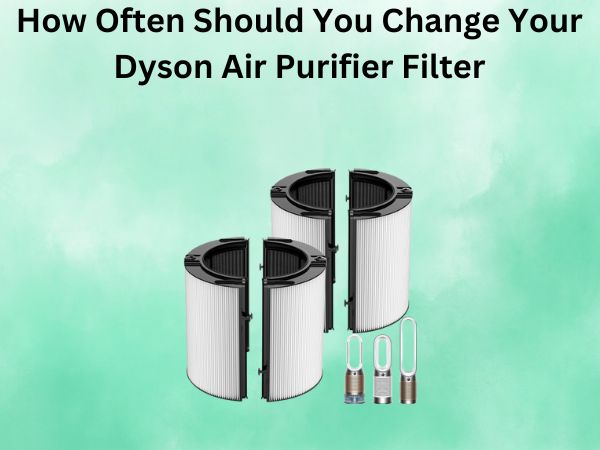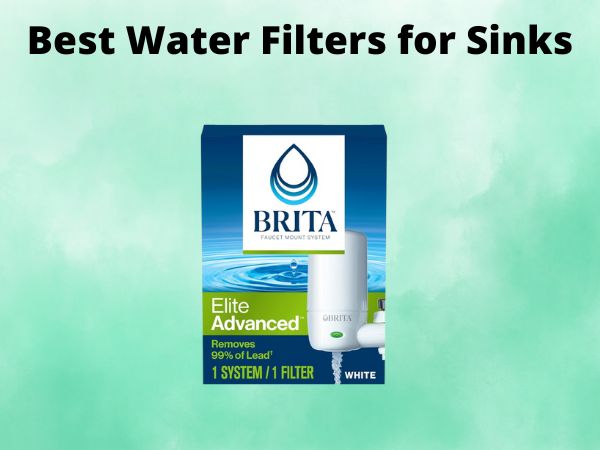How to Choose an Air Purifier for Allergies: Buyer’s Guide
If you suffer from allergies, you know how frustrating it can be to constantly deal with sneezing, itchy eyes, and a stuffy nose. The good news is that investing in a quality air purifier can make a world of difference in improving your indoor air quality and managing your allergy symptoms.
But with so many air purifiers on the market, how do you know which one is right for your needs? In this comprehensive buyer’s guide, I’ll walk you through the key factors to consider when choosing an air purifier for allergies, so you can find the perfect solution to breathe easier and live more comfortably.
Table of Contents
Understanding Air Purifier Technologies
The first step in selecting an air purifier is understanding the different technologies they use to clean the air. The most common types are:
- HEPA (High-Efficiency Particulate Air) Filters: These highly efficient filters can capture up to 99.97% of airborne particles as small as 0.3 microns, including pollen, dust, and pet dander.
- Activated Carbon Filters: These filters excel at removing odors, volatile organic compounds (VOCs), and other gaseous pollutants from the air.
- Ionizers: These devices release negatively charged ions that attract and trap airborne particles, effectively purifying the air.
- UV-C Light: This type of ultraviolet light can kill or inactivate airborne microorganisms like bacteria, viruses, and mold spores.
For allergy relief, HEPA filters are generally considered the gold standard, as they are highly effective at trapping the microscopic allergens that can trigger your symptoms. Many air purifiers also combine HEPA filtration with other technologies for enhanced performance.
Choosing the Right Size Air Purifier
The size of the air purifier is crucial, as you want a unit that can effectively clean the air in the room or space where you’ll be using it. To determine the right size, you’ll need to consider the square footage of the room and the air purifier’s Clean Air Delivery Rate (CADR).
The CADR measures how quickly an air purifier can clean the air in a given space, with higher numbers indicating faster and more efficient air circulation. As a general rule, you’ll want an air purifier with a CADR rating that matches or exceeds the square footage of the room you plan to use it in.
For example, if you have a 300 square foot bedroom, you’ll want an air purifier with a CADR of at least 300 CFM (cubic feet per minute) to ensure the entire room is effectively purified.
Considering Noise Levels
Another important factor to consider is the noise level of the air purifier. Some models can be quite loud, which may be disruptive if you plan to use it in a bedroom or other quiet living space.
Look for air purifiers with low noise levels, typically measured in decibels (dB). Most modern air purifiers have noise levels under 50 dB, which is generally considered quiet enough for comfortable use in a bedroom or home office.
If noise is a major concern, you may also want to look for air purifiers with adjustable fan speeds, allowing you to lower the noise level when you don’t need maximum airflow.
Evaluating Energy Efficiency
Energy efficiency is another important consideration, as air purifiers can consume a significant amount of electricity, especially if you run them 24/7. Look for air purifiers with the ENERGY STAR certification, which indicates they meet strict energy efficiency guidelines.
You’ll also want to consider the filter replacement costs, as some filters can be quite expensive and need to be changed every few months. Air purifiers with longer-lasting filters or the ability to be cleaned and reused can save you money in the long run.
Prioritizing Ease of Use
Finally, think about the overall user experience and how easy the air purifier is to operate. Look for features like intuitive controls, filter change indicators, and auto-mode functions that can make the device more convenient to use.
Some air purifiers also come with smart home integration, allowing you to control the unit remotely or schedule it to run at specific times. This can be especially helpful if you want to ensure the air is clean and fresh when you arrive home from work or wake up in the morning.
Conclusion
Choosing the right air purifier for allergies can make a significant difference in your daily comfort and quality of life. By considering the key factors outlined in this guide – including filtration technology, size, noise level, energy efficiency, and ease of use – you can find the perfect air purifier to help you breathe easier and manage your allergy symptoms more effectively.
FAQs
What are the most common allergens that an air purifier can help remove?
Air purifiers are particularly effective at removing common indoor allergens such as pollen, dust mites, pet dander, and mold spores. By trapping these microscopic particles, air purifiers can significantly reduce the triggers that cause allergy symptoms.
How often do I need to replace the air purifier filters?
The recommended filter replacement frequency can vary depending on the air purifier model and the specific filter type. Generally, HEPA filters should be replaced every 6-12 months, while activated carbon filters may need to be changed every 3-6 months. It’s important to follow the manufacturer’s instructions to ensure your air purifier continues to operate at peak efficiency.
Can an air purifier help with asthma as well as allergies?
Yes, air purifiers can be highly beneficial for individuals with asthma in addition to allergies. By removing common airborne triggers like pollen, dust, and pet dander, air purifiers can help reduce the frequency and severity of asthma attacks. This can lead to better overall respiratory health and improved quality of life for those living with asthma.
Do I need a separate air purifier for each room in my home?
It depends on the size of your home and the layout of your living spaces. For smaller homes or apartments, a single high-capacity air purifier may be sufficient to clean the air throughout the entire space. However, for larger homes with multiple floors or closed-off rooms, you may benefit from having multiple air purifiers strategically placed in the areas you spend the most time. This can help ensure consistent air quality and allergy relief in all the rooms you use.
Can air purifiers help reduce the risk of COVID-19 transmission?
While air purifiers are not a substitute for other preventive measures like masking and social distancing, they can potentially help reduce the risk of COVID-19 transmission by capturing and inactivating airborne virus particles. Look for air purifiers with HEPA filtration and optional UV-C light technology for the most effective COVID-19 protection.

